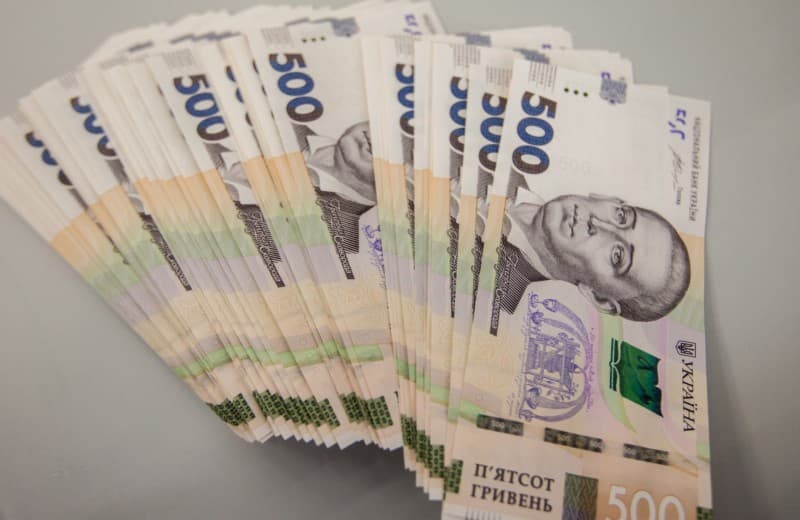Hryvnia hits 7 year low amid Russian threat

The Ukrainian currency, hryvnia, fell to its lowest level against the U.S. dollar in seven years on Jan. 27, closing at an exchange rate of Hr 28.95 per $1.
According to the National Bank of Ukraine, the hryvnia started the day at 28.91 per dollar, its lowest level since February 2015, when Ukraine experienced one of the bloodiest months of Russia’s war against the country, coupled with a severe shortage of foreign currency reserves.
The hryvnia kept falling during Jan. 27 trading hours, vaulting above 29 to the dollar by lunchtime before climbing back to 28.95 at close of trading, according to financial data from Markets Insider.
According to Markets Insider, Ukraine’s national currency has now fallen by 10.2% against the dollar since Oct. 30, 2021, when the Washington Post ran a story about U.S. officials being concerned about a renewed Russian troop buildup on Ukraine’s borders.
The Russian ruble has also experienced significant devaluation, losing 9.8% since Oct. 30, with the current exchange rate standing at 77.91 rubles per dollar.
Russia has continued to escalate, with now over 120,000 Russian troops stationed near Ukrainian frontiers.
U.S. President Joe Biden told reporters on Jan. 19 that Russia will likely “move in” on Ukraine.
Senior U.S. officials have publicly warned, citing intelligence reports, that Russia may launch a massive invasion of Ukraine until the end of February.
As a result of the ongoing uncertainty, both Ukrainian and Russian assets have tumbled over the last two months.
Ukraine’s sovereign bonds entered distress territory on Jan. 17, with some short-term options dropping over 4% on that day, reaching a 26.55% return rate.
Meanwhile, Russia’s top listed companies have seen over $150 billion wiped off their value by the crisis, with the Moscow Stock Exchange index down 11.3% this year.
If U.S. warnings come true and Russia invades in February, it will likely face stiff sanctions from the U.S. and Europe.
The Biden administration is reportedly considering a combination of sanctions in the event of a major escalation.
Russian institutions may face a ban on dollar-denominated transactions, U.S. banks may be banned from buying Russian government bonds on secondary markets, while several key tech components to Russia may wittiness export control.
Throwing Russian banks off the Belgium-based SWIFT global payment transfer system, which processes around half of the major global transactions, was also considered. On Dec. 16, the European Parliament passed a non-binding resolution that requested the imposition of a SWIFT ban on Russia in the event of a large-scale invasion of Ukraine.
However, on Jan. 18, German publication Handelsblatt quoted anonymous German government sources who said that the ban was “off the table.”









